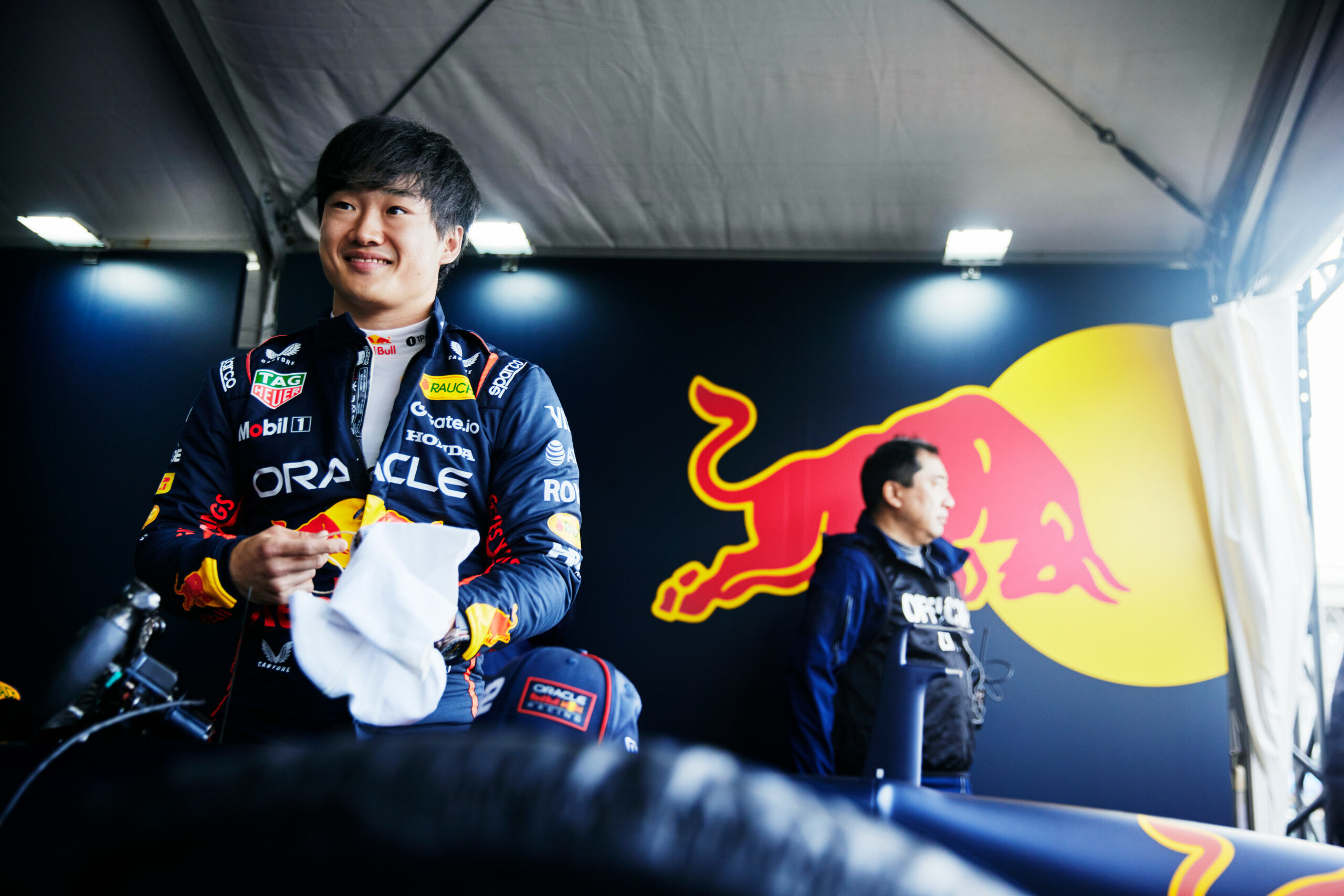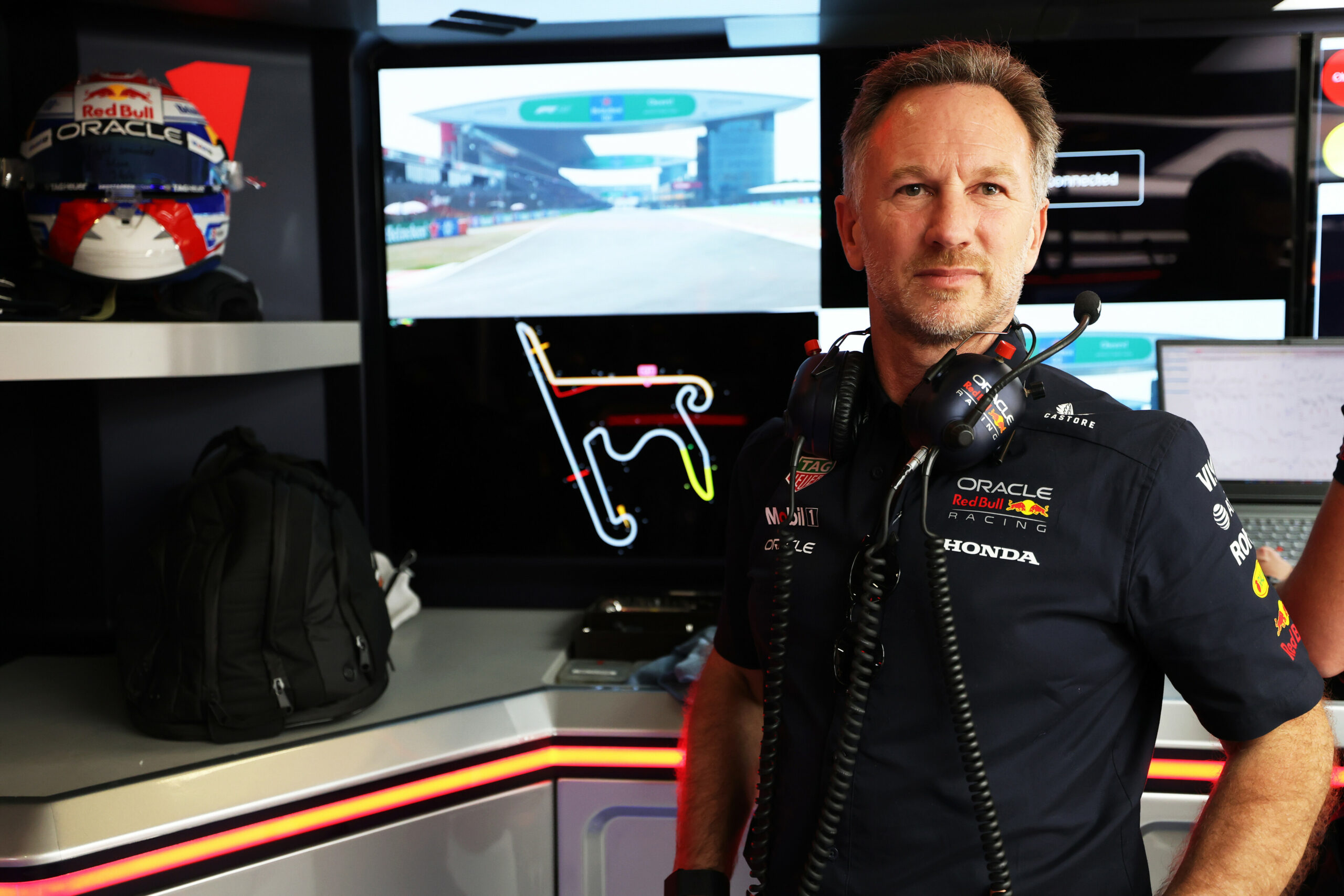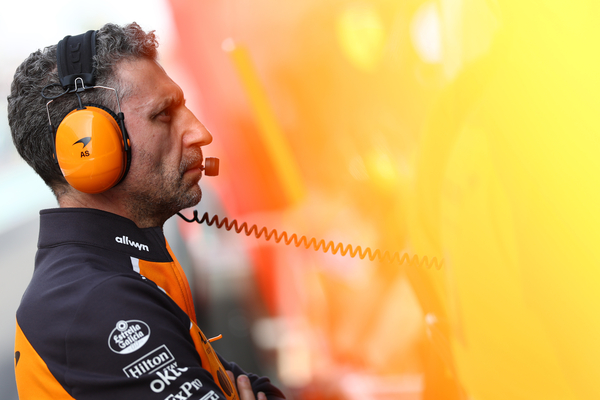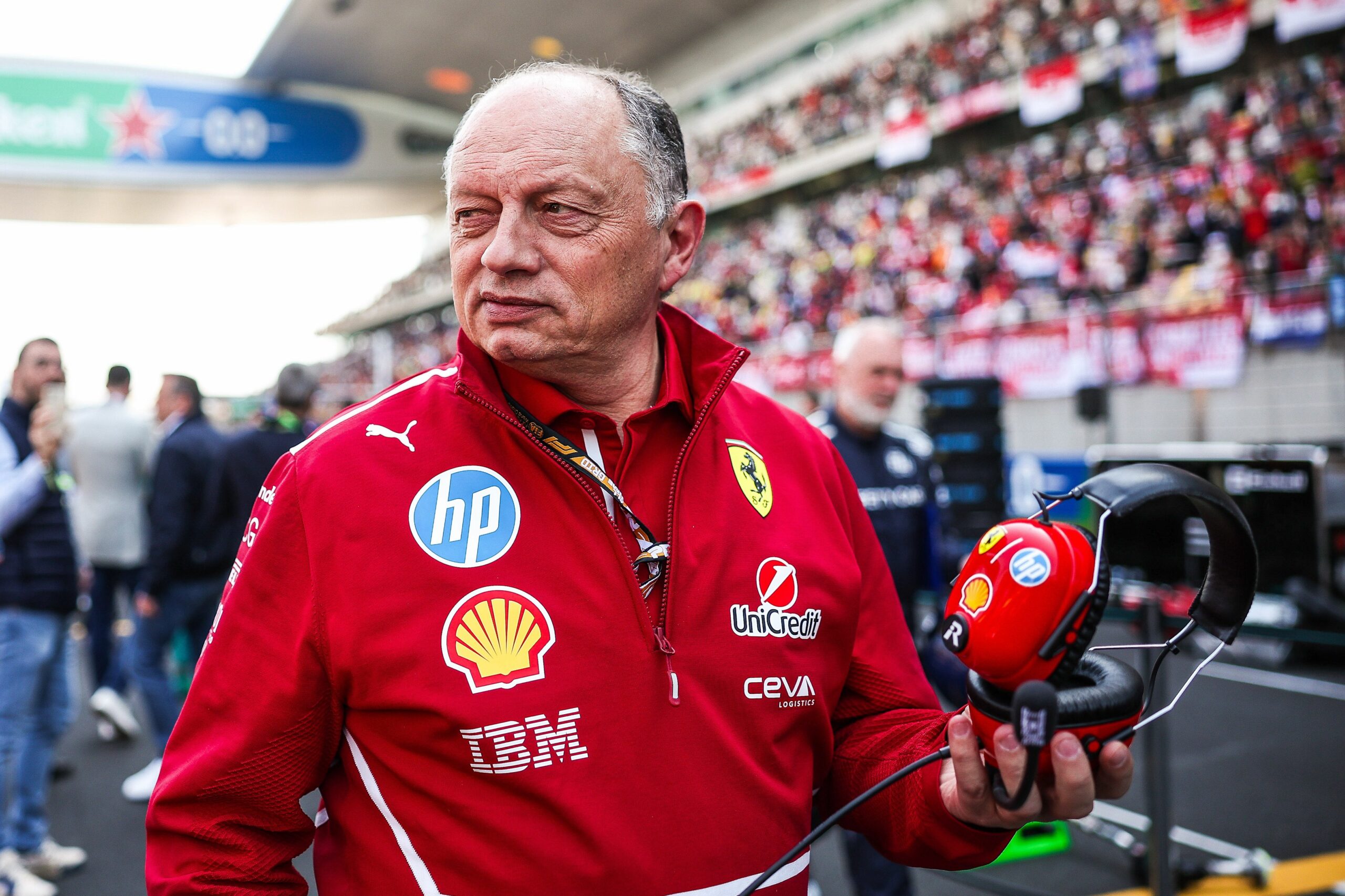
Photo Credit: Mercedes-AMG Petronas F1 team
After a disappointing start to the season, Mercedes has decided to abandon the ‘zero pod’ car concept, changing the shape and, hopefully performance, of the car with the arrival of a major package of updates for the Monaco GP. Package whose birth and development was explained by some technicians of the English team.
The start of the 2023 season for Mercedes has been complex and below expectations. In fact, like 12 months ago, the Brackley team has produced a slow, capricious and difficult to understand package which inevitably prevented the British team from returning to fight for pole positions and victories, limiting it for the second year in a row to play the role of third force in the field.
A difficult situation which, in recent months, has caused various problems for the technical staff to understand the development direction to take: abandoning the ‘zero pod’ concept or continuing to believe in the W14. A direction which, as is known, will lead to the farewell of the current car concept in order to get closer to that of its rivals. A big change which, in fact, will take place with the introduction of the update package for the Monaco GP weekend (postponed due to the cancellation of the Imola GP).
Updates which, in a video released on the team’s YouTube channel, have been explained in detail (from birth to assembly in the car) by some Mercedes technicians. In the “birth” of an aerodynamic novelty, explains Claire Simpson (head of aerodynamics), the first step is to identify the correct idea with which to seek performance and to carry out some preliminary simulations.
“The process of finalising an update is to identify the area for improvement. We evaluate various ideas, then proceed to a first test and with simulations to try to understand how to manage the flows. When we reach the goal we go to the wind tunnel”.
In addition to the performance, it is also important to evaluate the reliability of the new elements. Not only that, according to Andrew Muir (simulation technician) before deciding on an upgrade, both the feedback from the pilots and the relative cost/benefit ratio are evaluated.
“We obtain specific data, we need to understand if a lightened component is reliable, how it will react once mounted. It’s up to us to try to quantify the improvement with simulations. In the end, everything is brought to the simulator and the pilots are listened to in order to have an evaluation. Our task is even more strategic since there is a budget-cap: it is crucial not to waste resources, and it is up to us to evaluate the costs and benefits of an update”.
After approval, we move on to the production of the component and quality control. An important job, planned and coordinated by the director of operations Darren Burton.
“There is teamwork for the production of the components. The aero department prepares a model of the piece, then goes into production: a mold is made and then, in the composite department, the piece is made. Then comes the pre-fitting and quality control work. To manage all this work requires planning. For a new car, planning starts one year before the shakedown, for developments it starts two months before delivery. We are also able to react and respond to emergencies, even within a day, for example for damage over a weekend or to anticipate developments”.
Once they leave the factory, says Emma Corfield (head of aerodynamic performance), the updates arrive on the track where they are installed in the car and evaluated.
“When a component arrives on the track, it is analysed. For minor updates, the job is simple: we have sensors in the car to measure the data. We do the first analyzes when the single-seater is still on the track. For larger developments the work is different. We start collecting data in the previous weekends to have a base from which to start. We compare the new component with the previous one to evaluate that there is an improvement, then we evaluate the impact in all areas of the track. Finally, we compare the findings with the expected results.”
Analysis which, in fact, must not compromise the search for the optimal set-up. A balance that is anything but simple, and it is up to Riccardo Musconi, track operations manager.
“We need a balance between evaluating the new update and working on the setup. Usually on Friday we try to learn the upgrades, on Saturday we maximize the setup. We need to know what the car’s budget targets are and evaluate if they match the data on the track. Feedback from the drivers is essential: whoever is behind the wheel is the first to understand if there are steps forward. In the end we find ourselves at the debriefing and find out how the update really behaves and if it is in line with expectations.”




